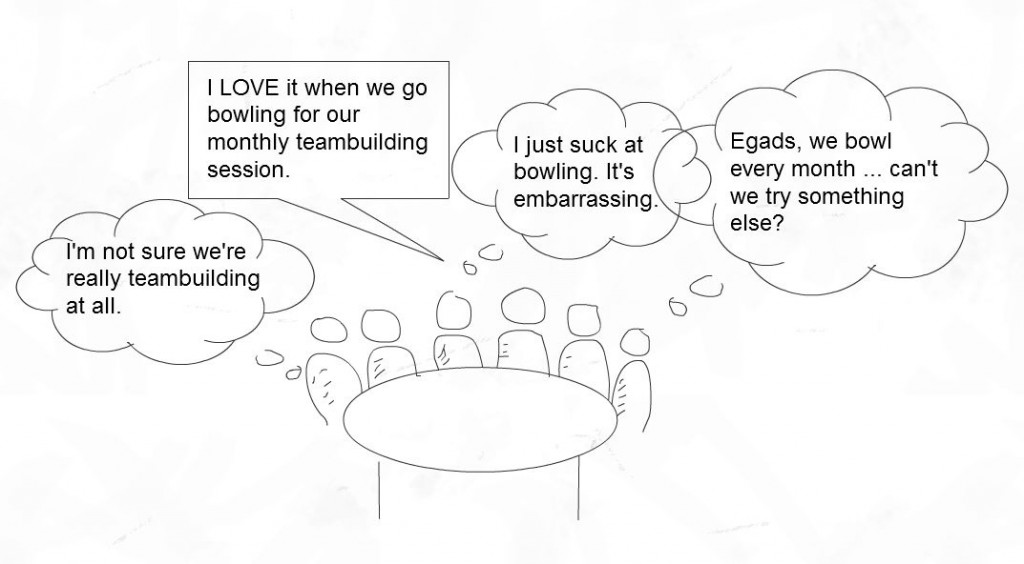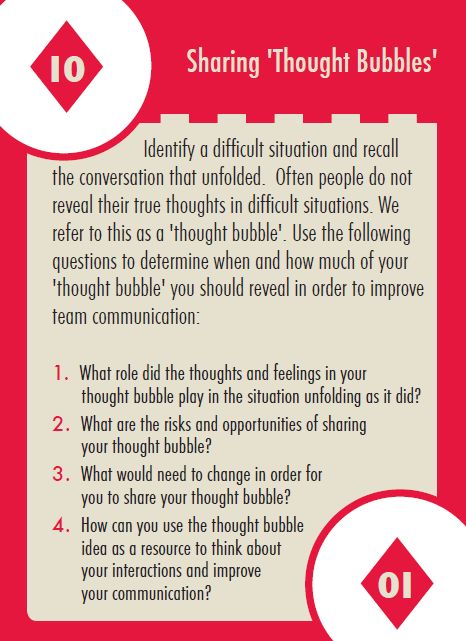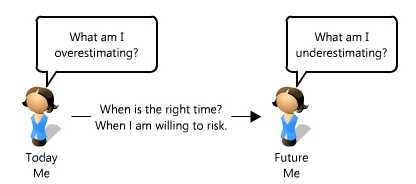 “Take a look back … the view is spectacular,” my husband Dave suggested as I stopped in the middle of the path, sure I was about to pass out or fall backwards down the mountain. I was about a third of the way up the Bump and Grind and all I could see was the long path ahead of me.
“Take a look back … the view is spectacular,” my husband Dave suggested as I stopped in the middle of the path, sure I was about to pass out or fall backwards down the mountain. I was about a third of the way up the Bump and Grind and all I could see was the long path ahead of me.
“I can’t look now,” I sputtered. “I’ve got too far to go,” while thinking to myself that I wished I had never agreed to this … I wasn’t ready and it was too hard. But I couldn’t really turn around now as I was deathly afraid of going down the steep side. I knew that if I got to the top I could descend on the less steep side.
I set off again on a mission to get to the top as fast as I could. And then stopped again, thinking I would pass out or fall. And then set off again … and, well, you get the picture. I did eventually get to the top and take a look down … it was spectacular and I was very proud that I had challenged myself to do this hike when I wasn’t entirely ready!
It seems to me this experience is a perfect metaphor for life. We can never be quite prepared to take on a challenge. All we can do is keep taking a step at a time (which BTW was what I kept telling myself on the way up. Just one more step, just one more step …) and eventually we will tackle that tough challenge.
But, while hiking down the gradual slope, I realized that I had missed out on a lot by my impatient, goal driven approach. I was trying to go too fast and it was taxing both my leg muscles and lung capacity too much. I also needed to give myself permission to stop occasionally, look around, enjoy what I was seeing AND celebrate the fact that I had made it that far. I really didn’t enjoy my trip up the mountain.
I see this all the time in my coaching practice. People striving for goals, trying to go too fast, not stopping to appreciate what they’ve experienced, not reflecting on what they’ve learned, or not celebrating what they’ve accomplished to that point. It robs them, just as it robbed me, of the joy in the journey.
So the next time you’re impatient to reach a goal, resist your urges and stop to take a look around. You just never know what you might discover about yourself or others.
Written by Tammy
 Dave and I have been teaching and giving talks for over 30 years and so it was surprising to both of us just how much angst we both experienced getting ready to present at
Dave and I have been teaching and giving talks for over 30 years and so it was surprising to both of us just how much angst we both experienced getting ready to present at 






